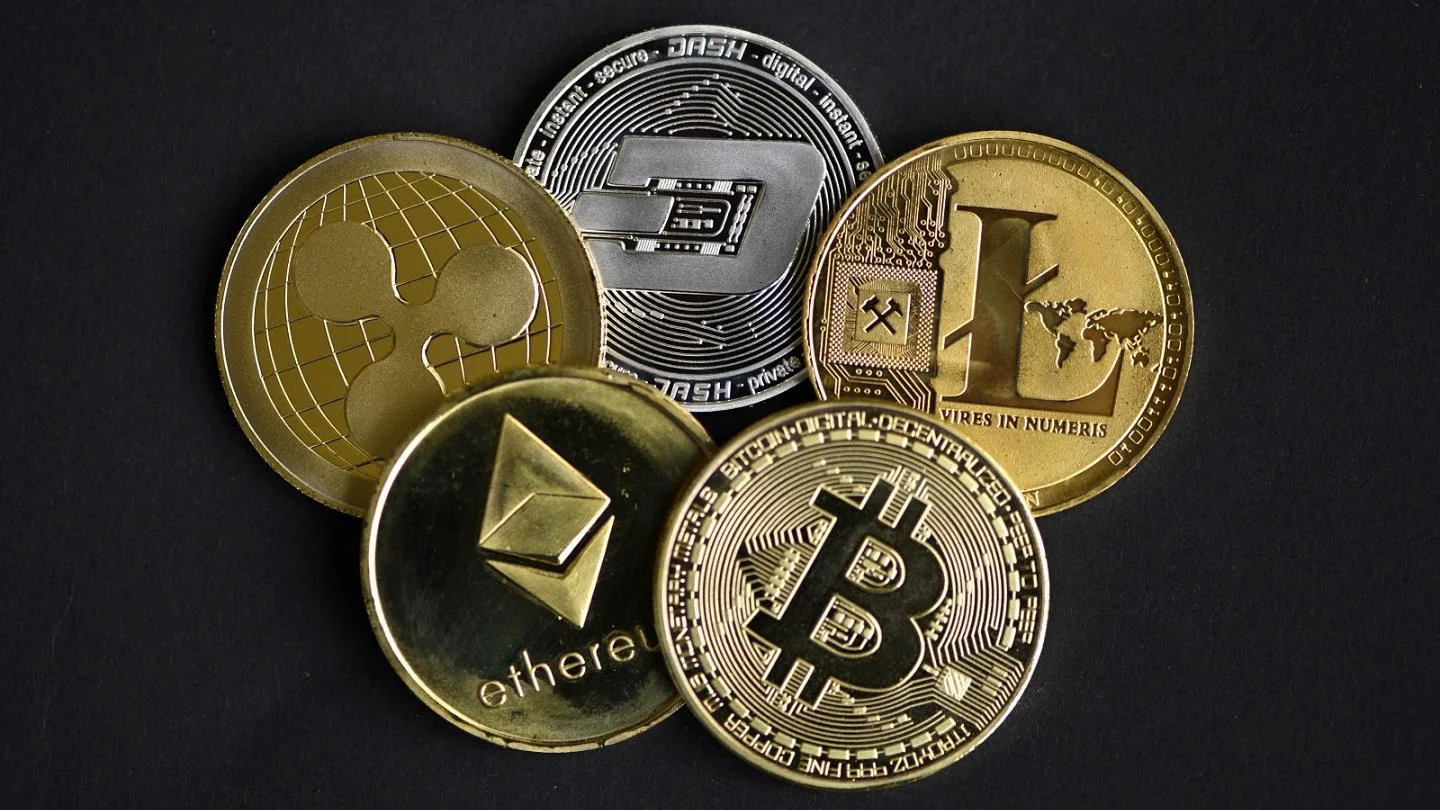
- January 05, 2022
In 2021, cryptocurrency scammers made a record-breaking $14 billion.
- Scammers earned a total of $14 billion in cryptocurrency in 2021, thanks in large part to the rise of DeFi.
- From 2020 to 2021, losses from crypto-related crime increased by 79 percent.
- Theft of cryptocurrencies surged 516 percent from 2020 to $3.2 billion in value. DeFi protocols were responsible for 72 percent of the stolen funds.
Scammers made a record $14 billion in cryptocurrencies in 2021, thanks in large part to the rise of decentralised financing (DeFi) platforms, according to new data from blockchain analytics firm Chainalysis.
Losses from crypto-related crime increased by 79 percent year over year, owing to an increase in theft and scams.
In 2021, the most common type of cryptocurrency-related crime was scumming, which was followed by theft, the majority of which was committed through the hacking of cryptocurrency firms. DeFi is a huge part of the tale for both, according to the firm, which is another another cautionary note for individuals playing in this developing section of the crypto industry.
In its annual Crypto Crime report, Chainalysis stated, "DeFi is one of the most interesting aspects of the wider cryptocurrency ecosystem, giving significant opportunity to businesses and cryptocurrency users alike."
"However, the same decentralisation that makes DeFi so dynamic also allows for widespread scamming and theft, DeFi is unlikely to fulfil its full potential."
The wild west of DeFi
DeFi is a rapidly emerging segment of the cryptocurrency industry that intends to eliminate middlemen, such as banks, from typical financial operations such as obtaining a loan.
Banks and attorneys are replaced with a smart contract, which is a programmable piece of code. This contract is written on a public blockchain, such as ethereum or solana, and it executes when specific criteria are met, eliminating the need for a middleman.
Joey Krug, chief investment officer at Pantera Capital, a cryptocurrency and blockchain-focused asset management, explained, "The banking system is just passing money around with various terms and conditions attached to it."
The amount of DeFi transactions increased by 912 percent in 2021, according to Chainalysis statisticsDecentralized tokens like shiba inu have had impressive gains, which has fueled a feeding frenzy among DeFi tokens.
When it comes to dealing in this immature crypto economy, however, there are a number of red signs.
One problem with DeFi, according to Kim Grauer, Chainalysis’ head of research, is that many of the new protocols being introduced have coding vulnerabilities that hackers can exploit. In 2021, these code exploits were used in 21% of all hacking attempts.
While third-party organisations undertake code audits and publicly identify which protocols are secure, Grauer tells CNBC that many users still choose to engage with dangerous platforms that skip this step if they believe they can make a big profit.
Theft of cryptocurrencies increased 516 percent from 2020 to $3.2 billion in value. DeFi protocols were responsible for 72 percent of the stolen funds.
Scam losses increased by 82 percent to $7.8 billion in cryptocurrency.
A "rug pull," a relatively new but very popular form of scheme in which developers establish what look to be real cryptocurrency businesses before taking investors' money and leaving, accounted for more than $2.8 billion of the total.
"Given the DeFi hype, users may have been more willing to use less secure platforms out of fear of missing out on potential advantages," Grauer explained.
Crime stats don’t tell the full story
While cryptocurrency criminality is at an all-time high, researchers observe that the growth of legitimate cryptocurrency usage far outstrips the growth of criminal usage.
In 2021, transactions employing illegitimate addresses accounted for only 0.15 percent of the $15.8 trillion in overall crypto trade volume, a record low.
Illicit monies are identified by the research firm based on their link to documented illegal conduct. If monies were sent to or from a darknet market, or were known to have been taken in a hack, they would be considered unlawful.
"Perhaps the biggest surprise of all is that the increase was only 79 percent — roughly an order of magnitude lower than total adoption," Chainalysis noted.
The report said, "Crime is becoming a less and smaller element of the cryptocurrency ecosystem."
The increasing arsenal of law enforcement, as well as the inherent openness of blockchain technologies, are credited in part for the slowing expansion of crypto-based crime, according to researchers.
In the cryptocurrency ecosystem, crime is becoming a smaller and smaller part.
Every transaction, unlike cash and other traditional means of value transfer, is recorded in a publicly available ledger, and Grauer claims that with the correct tools, it is feasible to discover how much of all cryptocurrency activity is linked to criminality.
"Authorities have had tremendous success using the transparency of blockchains to investigate and shut down illegal behaviour," Grauer added.
The IRS Criminal Investigation department, for example, announced in November that it had seized more than $3.5 billion in cryptocurrency in 2021, entirely from nontax investigations, accounting for 93 percent of all monies confiscated by the division during that time period.
Other law enforcement wins in 2021 included a $56 million seizure by the Department of Justice in a cryptocurrency scam investigation, $2.3 million seized from the ransomware group behind the Colonial Pipeline attack, and an undisclosed amount seized by Israel's National Bureau for Counter Terrorism Financing in a terrorism financing case.



















